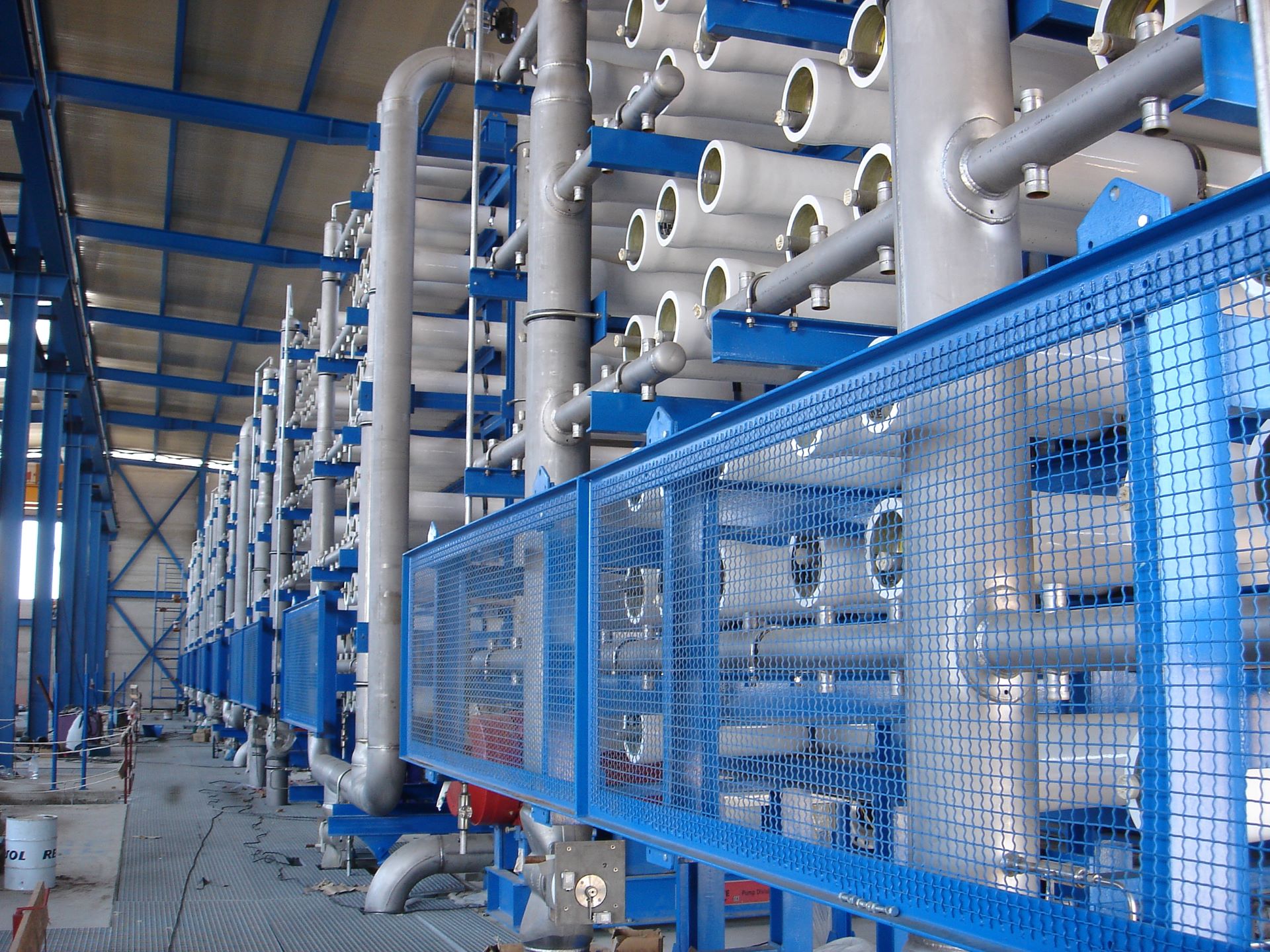Towards Clean and Competitive Water Desalination Technologies
Desalination is a part of the solution to addressing water scarcity in the European Union.
As the world faces strong water scarcity, there is an urgent need to find innovative solutions that could secure clean and affordable water for all. According to the 2024 European Environment Agency (EEA)’s state of water report, water stress affects 20% of Europe’s territory and 30% of the population every year. These figures are likely to increase in the future as climate change aggravates man-made pressures on the quantity and quality of clean freshwater for human consumption and for vital ecosystem services.
Unless swift and decisive action is taken, this makes it unlikely that water scarcity can significantly be reduced by 2030. Furthermore, water stress today affects all regions of the European Union (EU), not only Mediterranean river basins. Thus, in addition to increasing water efficiency and circularity, and reducing consumption, desalination can be part of the solution to secure water supply in systems affected by prolonged droughts or continued water stress.
Desalination is an industrial process for converting sea water into clean freshwater through thermal processes or reverse osmosis. Desalination technologies are already crucial for maintaining supplies of freshwater in several parts of the EU, particularly in places like the Canary Islands or Malta. About 1200 desalination plants provide a capacity of 2.37 billion m3 a year in Mediterranean EU Member States. Regional EU funds, and more recently Resilience and Recovery Funds, have already contributed to either constructing new desalination plans or retrofitting desalination plants with renewable energy sources.
However, desalination technologies face important challenges that will be crucial to address for the development of a clean and competitive EU desalination industry. Desalination entails high energy consumption, leading to significant greenhouse gas emissions and high costs. In addition, brine discharges can harm marine life and seafloor ecosystems in the area where they are released, due to their high salinity and dissolved minerals.

Desalination is an area with significant innovation potential. EU funds, including LIFE, Horizon 2020 and Horizon Europe are currently seeking to increase the resource efficiency of desalination, decrease the harmful brine or its most harmful elements, but also the intake and discharge impacts and even to recuperate the salt and specific metals and minerals from the brine.
In her political guidelines for the next European Commission, President Ursula von der Leyen reasserted the need to guarantee water security through the launch of a European Water Resilience Strategy. The strategy will enhance the competitiveness of the EU water industry, looking at both water demand and supply. Efforts will be made to better coordinate EU funding programs to modernize EU’s water infrastructure to reduce acute leakage rates, improve energy efficiency, and build new infrastructure such as water reuse plants, water storage systems, precision irrigation tools, and desalination plants.
The development of clean and competitive EU desalination technologies in the years to come will provide climate independent supplies of water and will reinforce EU water leadership globally. Thus, the EU will be able to support third countries facing water scarcity challenges through an integrated offer under the Global Gateway: First, by supporting the development of all means to increase water demand and water efficiency with good practices, standards and policies; and second, by mobilizing the EU water industry at the forefront of sustainable desalination technologies, which will facilitate capacity building and technology transfer. This evolution in water production and consumption must reconsider the use of water resources according to its value, allowing to advance the use of water as a circular resource rather than as a consumable resource and a waste.
